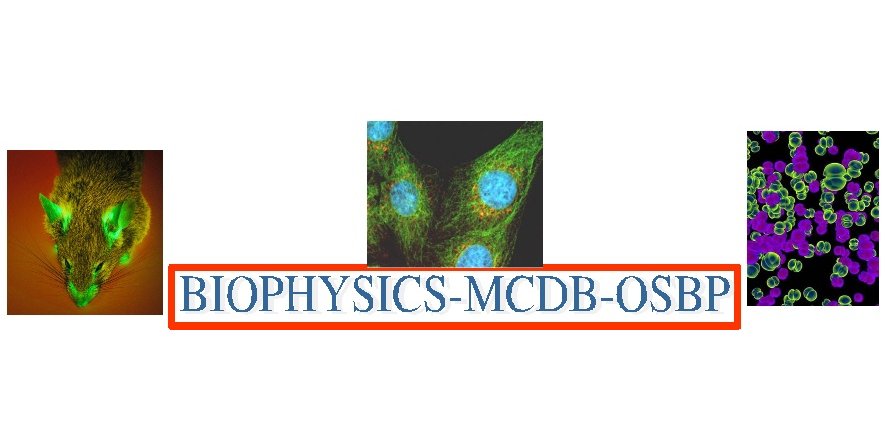Interdisciplinary Graduate Programs Symposium

2010 OSU Molecular Life Sciences
Interdisciplinary Graduate Programs Symposium

Talk abstracts
Abstract:
We have identified a member of the cadherin superfamily, protocadherin-19 (pcdh19), that plays an essential role in early zebrafish brain morphogenesis. In humans, mutations in pcdh19 are responsible for an X-linked, female limited form of epilepsy and mental retardation (Epilepsy and Mental Retardation limited to Females, EFMR)1,2. Knockdown of pcdh19 in zebrafish using morpholinos results in defects in neurulation which is specific to anterior regions of the neural plate. Loss of Pcdh19 function impairs convergence movements, resulting in aberrant brain morphology3. The observed phenotypes are similar to those exhibited in N-cadherin (Ncad) mutant and morphant embryos, suggesting a potential interaction between Pcdh19 and Ncad. In order to demonstrate genetic interaction between these two molecules, we co-injected sub-threshold doses of morpholinos against Pcdh19 and Ncad. This resulted in a robust phenotype, similar to those observed with full doses of either Ncad or Pcdh19 morpholinos alone. In addition, we performed rescue experiments in which we co-injected Pcdh19 morpholinos with Hsp70:ncadGFP or Ncad morpholinos with Hsp70:pcdh19GFP. Using co-immunoprecipitation and bimolecular fluorescence complementation (BIFC), we find that Pcdh19 and Ncad interact physically and directly, when co-transfected into heterologous cells in vitro. To understand the cellular function of the Pcdh19 and Ncad interaction, we used the ZEM2S cell line derived from early zebrafish, which express both Pcdh19 and Ncad. We introduced morpholinos against Pcdh19 or Ncad into ZEM2S cells and performed cell aggregation assays. Although Pcdh19 by itself is weakly adhesive, loss of Pcdh19 like Ncad completely abrogated calcium dependent cell-cell adhesion, suggesting that Pcdh19 may influence cell adhesion indirectly by regulating Ncad. We also used in vivo two-photon microscopy and automated cell tracking to characterize the cell movements in Pcdh19 and Ncad morphants. Overall, our data imply that Pcdh19 and Ncad make up a functional complex that regulate cell motility and possibly cell adhesion.
References:
1. L. M. Dibbens, P. S. Tarpey, K. Hynes, et al. Nat.Genet. 40,776-781(2008).
2. C. Depienne, D. Bouteiller, B. Keren, et al. PLoS Genet.5, e1000381(2009).
3. M. R. Emond, S. Biswas and J. D. Jontes. Dev.Biol. 334, 72-83(2009)
Keywords: Zebrafish, Cadherin, cell adhesion